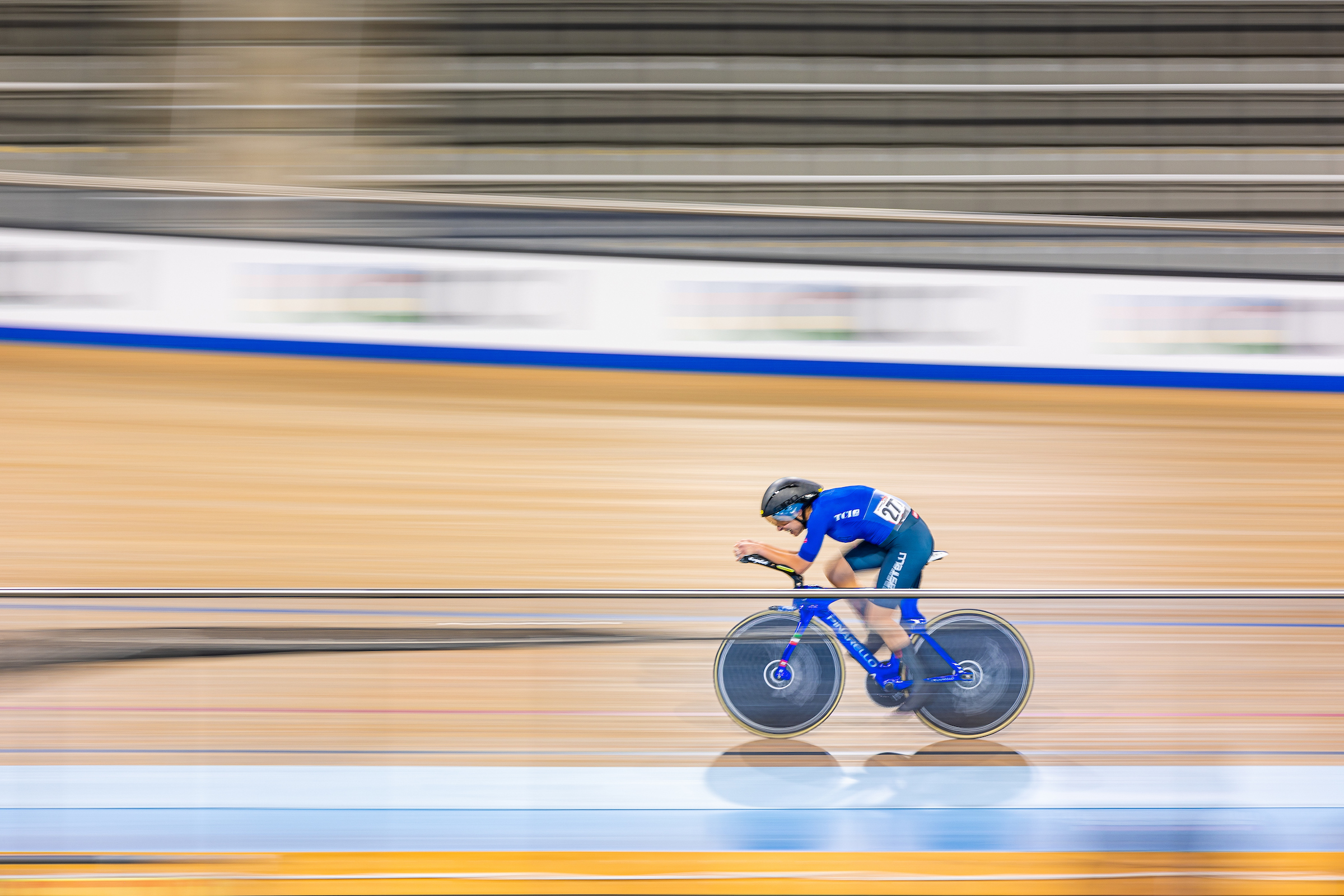Natural item that can remove mould from silicon sealant in one hour

Something went wrong, please try again later. Invalid email Something went wrong, please try again later. Our free email updates are the best way to get headlines direct to your inbox Something went wrong, please try again later. Our free email updates are the best way to get headlines direct to your inbox Mould can be a persistent problem, affecting everything from grout to washing machines and even the silicone around your bath. Despite silicone sealant's waterproof nature, it is prone to peeling and trapping stubborn mould within its flexible crevices, making it difficult to clean. However, there's no need to depend solely on strong chemicals to eliminate mould. Cleaning guru Ollie Lyon from PlumbNation has suggested a more effective method for eradicating mould and preventing its recurrence. Ollie explained: "Luckily, if you spot mould in your bathroom or around the rest of your home, there are a few things you can do to get rid of it." He recommends using ordinary white vinegar from the kitchen to combat mould on silicone. The acetic acid in white vinegar is adept at killing mould spores swiftly and effectively. Moreover, white vinegar's natural antimicrobial properties create an unfavourable environment for bacteria, fungus, and mould growth, thus helping to prevent future outbreaks, reports the Express. Ollie elaborated: "Mild white vinegar is a brilliant mould deterrent. Its acidity makes it inhospitable for mould to grow, and vinegar can clean up to 82% of mould species." The suggested treatment involves creating a mixture of equal parts white vinegar and warm water in an empty spray bottle and thoroughly dousing the affected silicone sealant with this solution. When tackling mould, a vinegar solution should be applied to the affected area for at least an hour, but for severe cases, it may be more effective to leave it on for longer. Simply wipe down the silicone surface after the allotted time, and then rinse with warm water to remove any vinegar residue. Finish by drying the area thoroughly with a clean towel. Ollie's tip for maintaining mould-free surfaces is: "Dry the surface thoroughly with a towel to prevent any mould re-growth. Keep a bottle of vinegar handy in the bathroom and spray onto mould-prone surfaces every few days. Vinegar ensures that mould will never grow back on the applied surfaces." For stubborn mould, Ollie recommends using vinegar overnight for a superior clean and to help prevent future occurrences. Additionally, regular cleaning and drying of bathroom surfaces play a vital role in preventing mould growth, which thrives in damp environments. To further combat mould, ensure good airflow in the bathroom through regular ventilation with an open window or the use of an extractor fan.



















